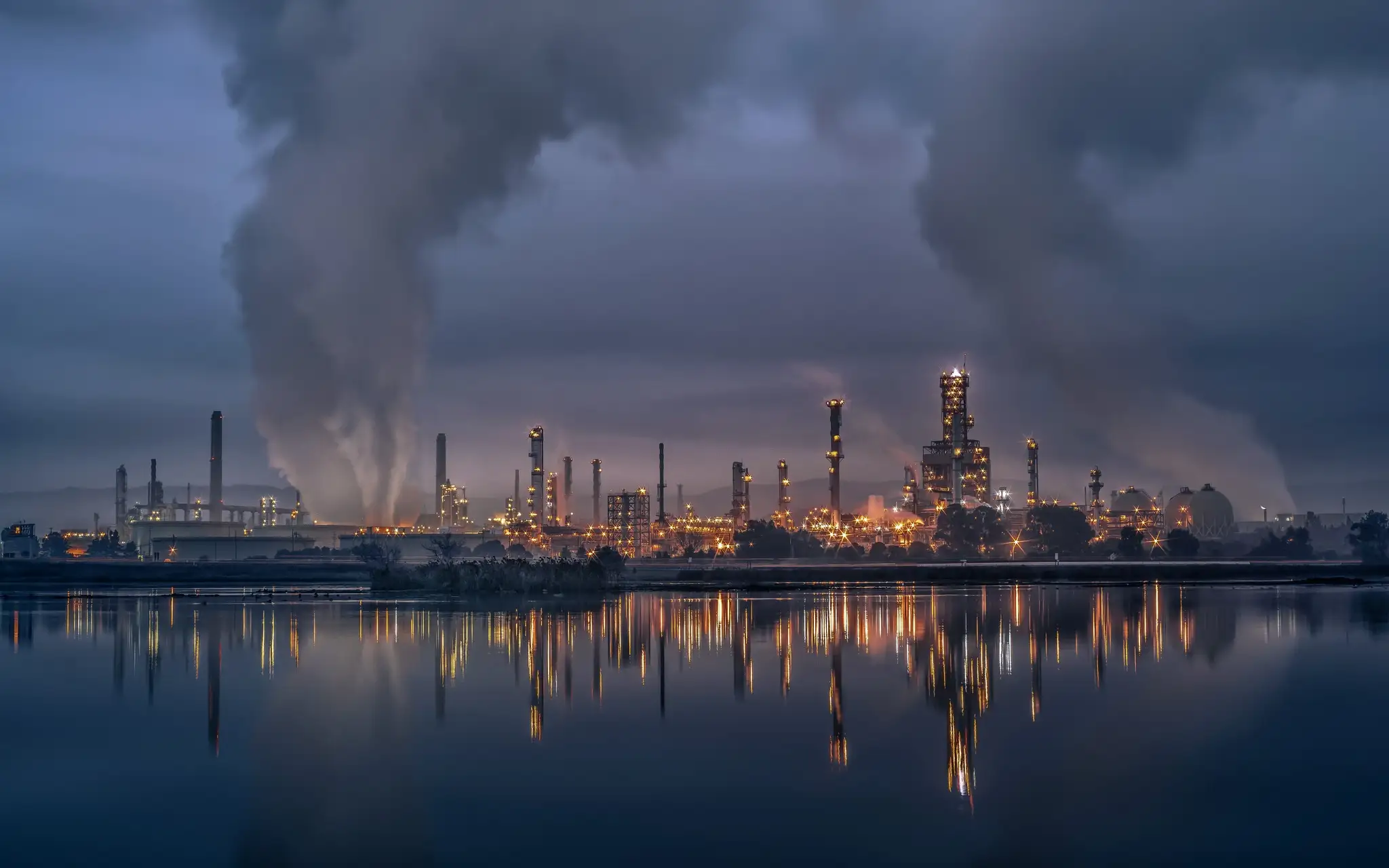A recent study reveals that climate change-induced sea level rise poses a significant threat to major oil ports worldwide, including those in Saudi Arabia and the United States.
Key Points at a Glance
- Vulnerable Oil Ports: Ports such as Ras Tanura and Yanbu in Saudi Arabia, and Houston and Galveston in the U.S., are at risk of severe damage from a 1-meter sea level rise.
- Ironic Impact: The fossil fuel industry, a major contributor to climate change, faces direct consequences from the resulting environmental shifts.
- Call to Action: Transitioning to renewable energy sources is essential to mitigate these risks and ensure energy infrastructure resilience.
The irony is striking: the fossil fuel industry, a significant driver of climate change, now confronts the repercussions of its own actions. A recent analysis highlights that rising sea levels, propelled by global warming, are set to inundate key oil ports, disrupting operations and threatening global energy supply chains.
Among the most vulnerable are Saudi Arabia’s Ras Tanura and Yanbu ports, responsible for 98% of the nation’s oil exports. These low-lying facilities could suffer severe damage with just a 1-meter rise in sea levels, a scenario projected to occur within this century. Similarly, the U.S. ports of Houston and Galveston, pivotal to the world’s largest oil producer, face comparable threats.
The International Cryosphere Climate Initiative (ICCI) reports that a 1-meter sea level rise is now inevitable within a century, potentially arriving as early as 2070 if ice sheets collapse and emissions remain unchecked. More catastrophic rises, up to 3 meters, could materialize in the next millennium or even by the early 2100s under current emission trajectories.
The implications extend beyond the oil industry. Ports serve as critical hubs for global trade; their disruption could have cascading effects on economies worldwide. Moreover, the environmental consequences of port inundation, including oil spills and habitat destruction, could exacerbate ecological degradation.
Addressing this looming crisis necessitates a multifaceted approach. Investing in resilient infrastructure to withstand rising seas is imperative. However, the most effective long-term strategy lies in mitigating climate change by reducing greenhouse gas emissions. Transitioning to renewable energy sources not only curtails the progression of sea level rise but also diminishes the fossil fuel industry’s vulnerability to climate-induced disruptions.
The situation underscores a profound irony: the very industry contributing to climate change is now imperiled by its effects. This reality serves as a compelling impetus for the energy sector to lead in adopting sustainable practices, ensuring both environmental preservation and the continuity of global energy supplies.
